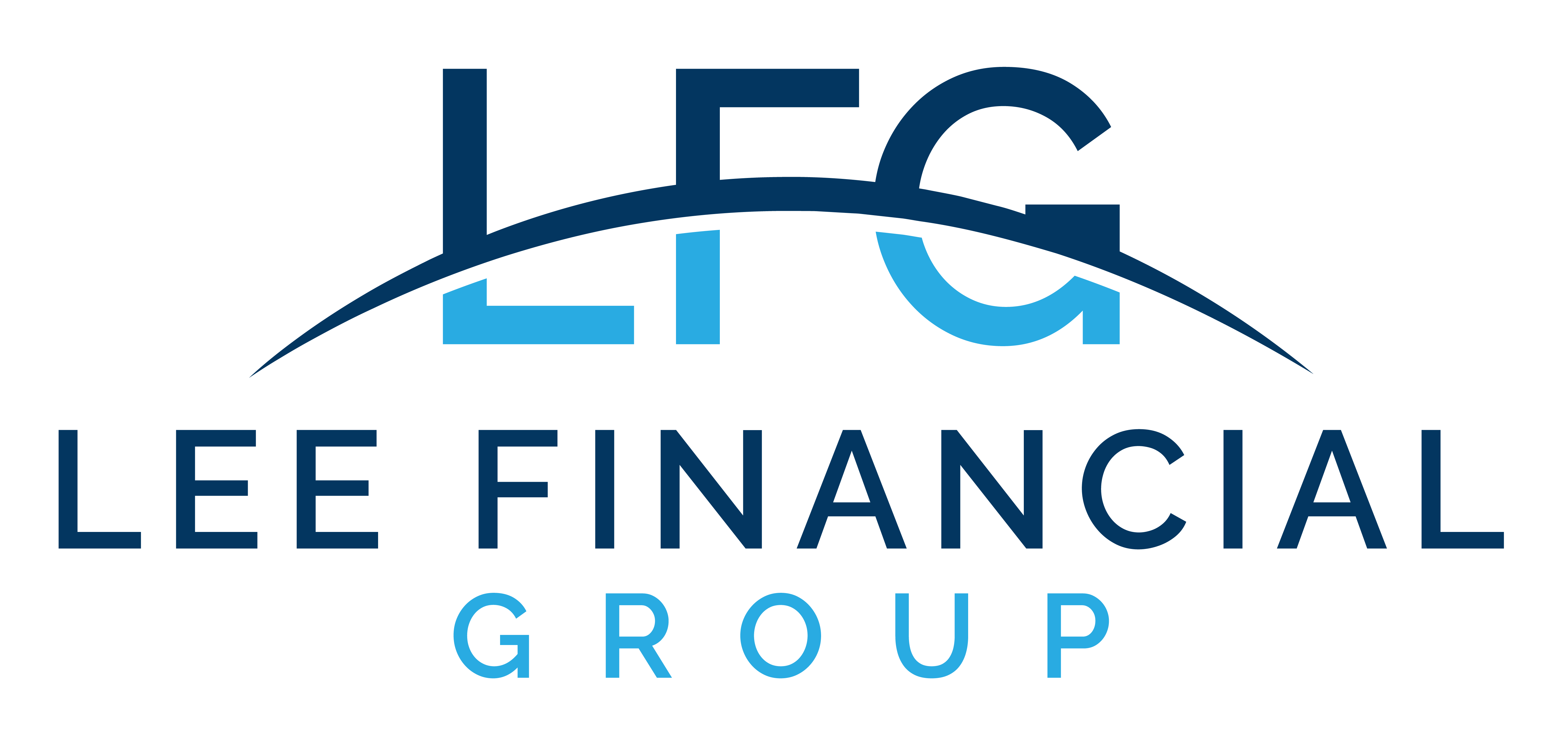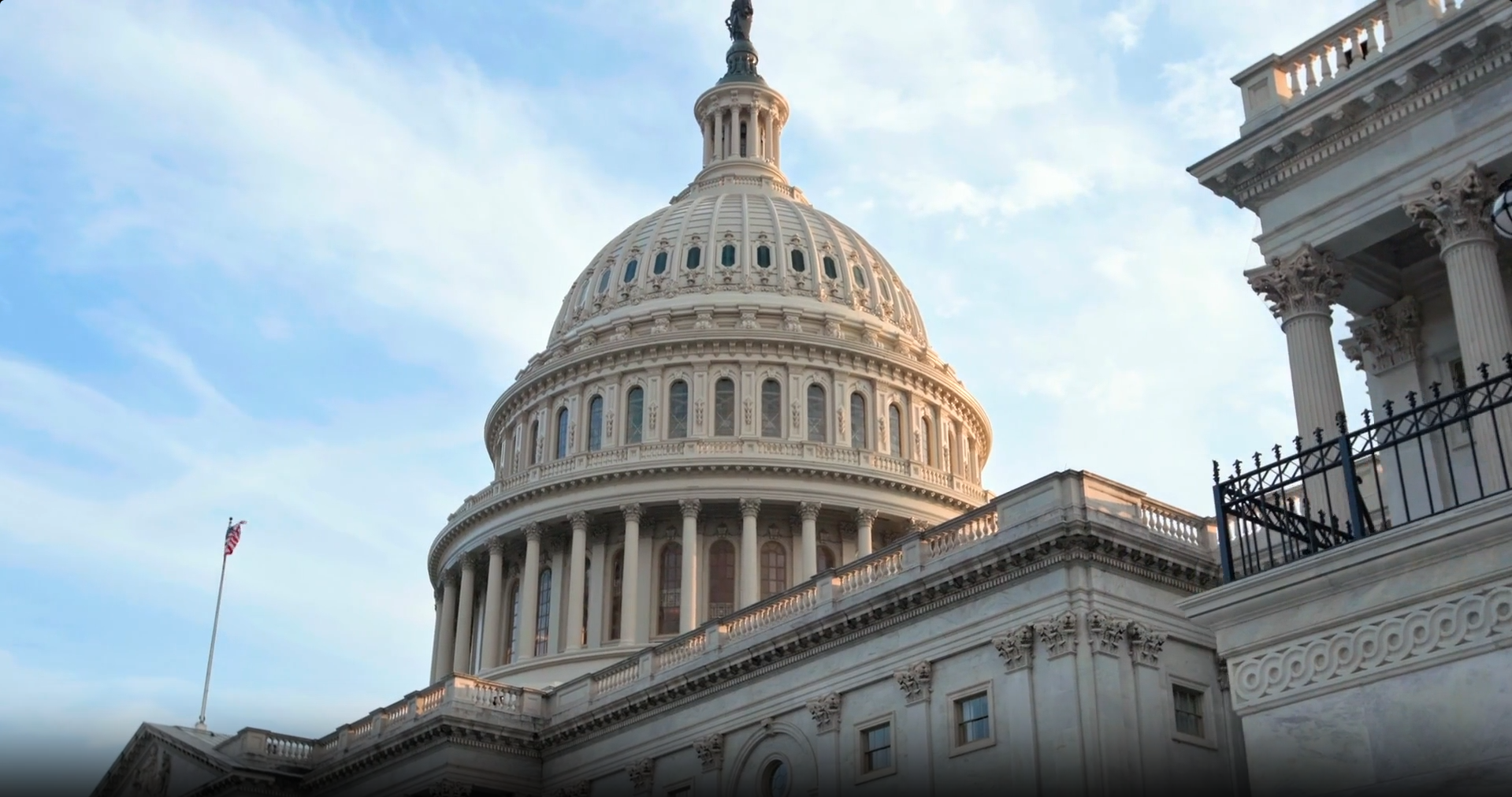The speed of change in the investment markets seems to be accelerating, and for many investors, traditional investments may not provide the risk-adjusted return they seek.
Investors who access the markets through a taxable brokerage account often may have access to investments outside traditional stocks and bonds. These alternatives such as real estate, private equity, private credit, infrastructure, and other asset classes can help to diversify a portfolio.
But what about retirement investing? Alternative asset classes may not be available through an IRA account. A self-directed IRA (SDIRA) may be the solution.
The SDIRA is a type of IRA that is administered by a custodian or trustee but is managed directly by the account holder. This type of account is allowed to invest in alternatives that are prohibited in regular IRA accounts.
How Are They the Same?
A regular IRA and an SDIRA have the same tax advantages of allowing pre-tax contributions and tax-deferred growth. Taxes are paid when funds are withdrawn from the account. If you prefer, you can also open an SDIRA as a Roth account which is funded with after-tax contributions. Roth accounts allow tax-free qualified withdrawals since the taxes are paid before the funds are contributed.
How Are They Different?
Regular IRA accounts allow stocks, bonds, mutual funds, and ETFs as investments. SDIRAs allow a much broader scope of assets. Precious metals, cryptocurrency, commodities, private placements, limited partnerships, real estate, and other alternative assets may be available. There are some investments that are not allowed, including life insurance, the stock of S corporations, and collectibles. Prohibited transactions are also not allowed.
Because of the broader range of assets, and the complexity of those assets, fees on an SDIRA account may be higher than a regular IRA. There may be a set-up fee, an annual fee, and fees for paying investment costs. In addition, the account needs to be set up with a qualified IRA custodian that specializes in SDIRAs.
However, while the custodian specializes in SDIRAs, this does not apply to providing investment advice. The account is self-directed, and the custodian is prohibited from giving investment advice to the account holder. The account holder is responsible for selecting all investments and performing all necessary due diligence on the investments.
Why Do Investors Choose an SDIRA?
Broadening the range of investments in your portfolio can help provide portfolio diversification, which can help smooth market volatility. The SDIRA also allows for increased control over selecting investments that can potentially meet the risk/return profile the investor desires. It also allows an investor to create a completely customized investment plan. The investor has total control over investment criteria and the types of investments.
Because the portfolio is completely customized, it can make it easier to incorporate an IRA into an overall investment strategy.
Things to Consider
These investments may have longer holding periods, may not be as liquid as traditional investments, and may have different risks. It’s important for investors to thoroughly understand the investment before investing.
You’ll also need to consider taking distributions from the SDIRA. Different types of investments have different rules associated with them. The investor is responsible for following all rules regarding distributions, and if IRA distribution rules are not adhered to, the investor is required to pay all taxes and penalties.
Working with a Financial Advisor
One way to get the benefits of an SDIRA while managing the burden of due diligence and ongoing investing is to work with a financial advisor. The advisor can help understand your goals, assess the appropriateness of a strategy or asset, and be sure that the SDIRA works with the rest of your investment plan.
The Bottom Line
Setting up an SDIRA can make sense for investors who want to increase portfolio diversification and/or create a very customized investment plan. There’s a lot to consider, and these investments require due diligence and ongoing monitoring. Working with a financial advisor can help you determine what is right for you and your financial goals.






What a Weaker Dollar Means for Your Investments